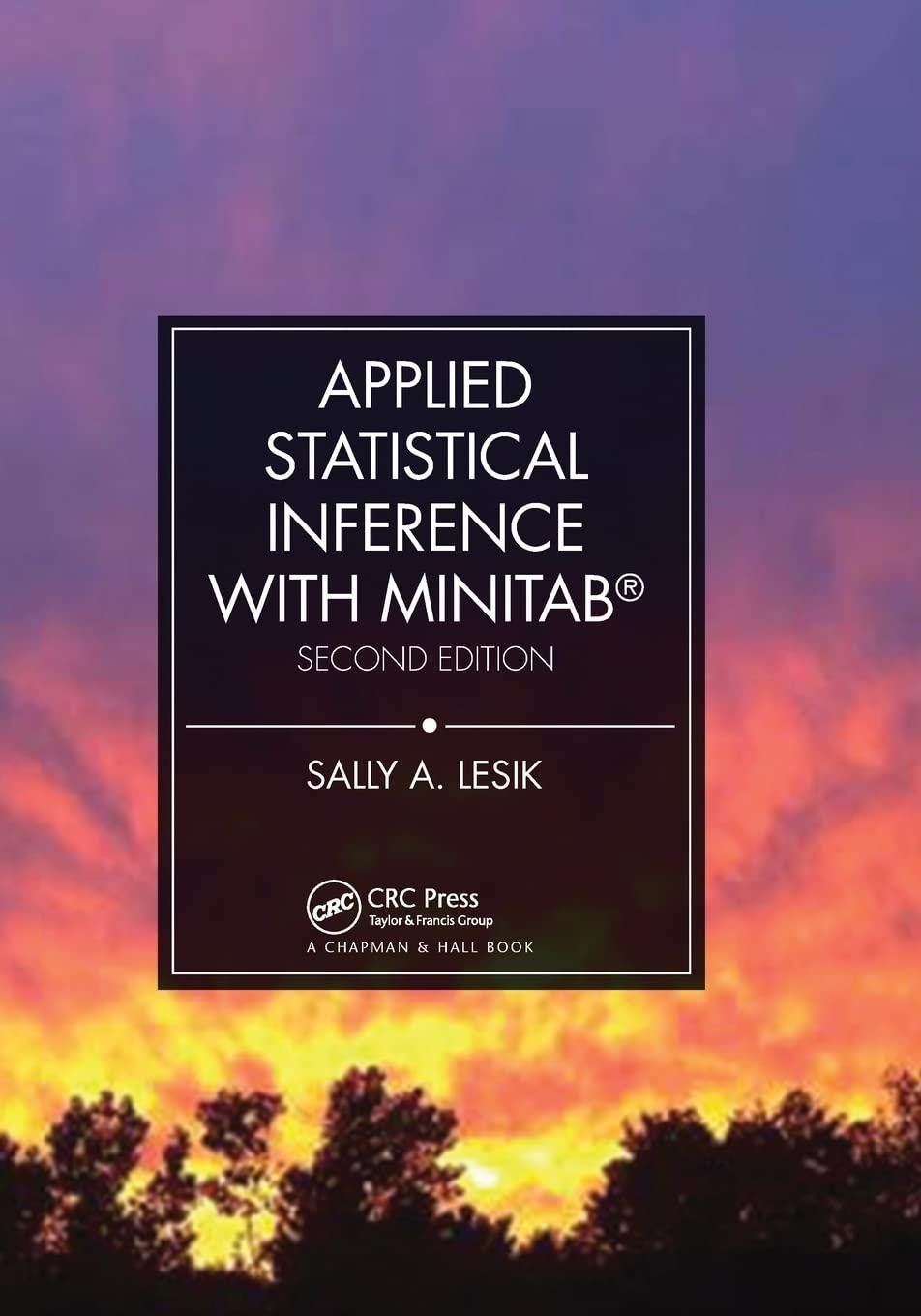If samples are taken from two different populations, we can also test whether the two population coefficients
Question:
If samples are taken from two different populations, we can also test whether the two population coefficients of correlation are significantly different from each other. To do this, we first need to find the appropriate Z-transformations for each of the different populations we are sampling from:
\[
\begin{aligned}
& Z_{1}=\frac{1}{2} \cdot \ln \frac{1+r_{1}}{1-r_{1}} \\
& Z_{2}=\frac{1}{2} \cdot \ln \frac{1+r_{2}}{1-r_{2}}
\end{aligned}
\]
where \(r_{1}\) is the sample coefficient of correlation from the first population, \(r_{2}\) is the sample coefficient of correlation from the second population, and \(\ln\) is the natural logarithm. Given each of these transformations, the following test statistic can be used, which follows a standard normal distribution:
\[ Z=\frac{Z_{1}-Z_{2}}{\sqrt{\frac{1}{\left(n_{1}-3ight)}+\frac{1}{\left(n_{2}-3ight)}}} \]
Suppose that from two different samples of size \(n_{1}=44\) and \(n_{2}=88\), we have two sample correlations, \(r_{1}=0.29\) and \(r_{2}=0.31\). We want to determine if the population correlation for the first sample is significantly less than the population coefficient of correlation for the second sample.
a. State the appropriate null and alternative hypotheses.
b. Calculate the appropriate Z-transformation for each correlation.
c. Calculate the test statistic \(Z\).
d. Using the standard normal curve, shade in the appropriate rejection region(s) and label the corresponding values of \(z\) that define the rejection region(s).
e. Find the \(p\)-value and interpret your results.
Step by Step Answer:






